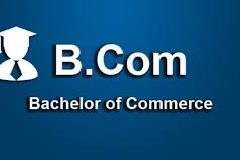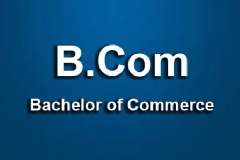Who Is This Class For?
-
BCom Students:
Specifically designed for Bachelor of Commerce students who have a foundational understanding of basic accounting and business principles. -
Aspiring Finance Professionals:
Students who want to pursue careers in corporate finance, taxation, or related fields. -
Individuals Seeking Practical Insights:
Those who appreciate a hands-on approach and real-world applications, bridging the gap between theory and practice.
What Will the Student Learn in This Class?
Corporate Finance Topics:
-
Fundamentals of Corporate Finance:
- Understanding financial statements and their analysis.
- Basics of capital structure, cost of capital, and budgeting.
-
Financial Decision-Making:
- Evaluating investment projects (NPV, IRR, etc.).
- Risk and return analysis and understanding market dynamics.
-
Practical Applications:
- Real-world case studies on financial planning, mergers & acquisitions, and corporate restructuring.
- Hands-on exercises using accounting software and financial modeling tools.
Indirect Taxation Topics:
-
Taxation Principles:
- Overview of indirect taxes, including GST, VAT, and other relevant taxes.
- Understanding tax laws, regulations, and compliance requirements.
-
Practical Taxation Applications:
- Procedures for filing returns and reconciliation.
- Case studies on tax audits, GST registration, and compliance best practices.
-
Integrative Approach:
- How corporate finance decisions are influenced by tax considerations.
- Real-life examples and exercises to link theory with practice.
Class Requirements and What Students Should Bring
Preparation Before Class:
-
Basic Textbooks/Readings:
Provide a list of recommended textbooks or online resources covering fundamentals of corporate finance and taxation. This ensures students have the necessary background. -
Pre-Class Assignments or Quizzes:
Consider short quizzes or assignments to gauge prior knowledge and prepare students for more advanced topics.
What to Bring to Class:
-
Laptop or Tablet:
Students should bring a device capable of accessing course materials, financial software, or spreadsheets if hands-on exercises are planned. -
Notebooks and Writing Tools:
For taking notes, drafting financial models, or working through problem sets. -
Calculator or Financial Calculator App:
Useful for solving numerical problems during the class. -
Access to Online Portals/Software:
Ensure students have access to any required software (e.g., Microsoft Excel, Tally ERP, or similar tools) ahead of time.
-
Feedback Mechanisms:
Incorporate regular feedback sessions so you can adjust the course content or teaching style based on student input.







